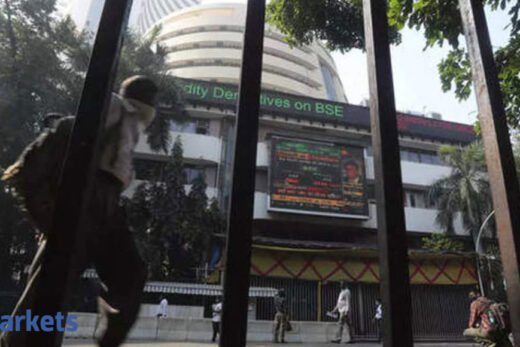You have said you don’t expect much upside in the market this year.
We have a target of 15,000 for the year end. We are not as upbeat on the market as we were last year. One part is led by valuation. India’s valuation premium to other emerging markets valuation is now close to 50%. On an average, India trades at about 36-37% premium. On an absolute basis, India’s valuation is expensive to its own history as well as premium to other emerging markets. We like financials, industrials and materials. We have an overweight stance on them. We are underweight on consumer discretionary, auto, IT and energy sectors.
Have you priced in the earnings growth expectations for the new financial year?
Markets are factoring in around 40% earnings growth for FY2022 and in FY2023, markets are assuming another 20% earnings growth. We expect around 33% and 19% earnings growth respectively for FY2022 and FY2023. Even if that growth were to come in, on those earnings estimates, valuations are at all-time highs.
What are your expectations from the Budget on Monday?
We do think that the fiscal deficit for the centre is more likely going to be 7.2% for FY21. In total, the fiscal deficit for centre and states put together will be 12.9%. For the next fiscal, the fiscal deficit combined for states and centre will be about 9%- which is going to be 5% of centre and 4% of states.
This 9% is a continuation of higher fiscal deficit in order to support economic growth. We think it will be a growth-driven budget and some part of the growth will be towards demand side stimulus in the form of lower taxes for the low income groups. We also think that the government will stimulate housing sales or real estate demand.
A large part of the Budget is likely to focus on supply side issues which is putting more allocation towards infrastructure or government capex. We do think that the higher fiscal deficit will be used for more capex and to some extent towards lower taxes for lower income as well as stimulating housing demand.




